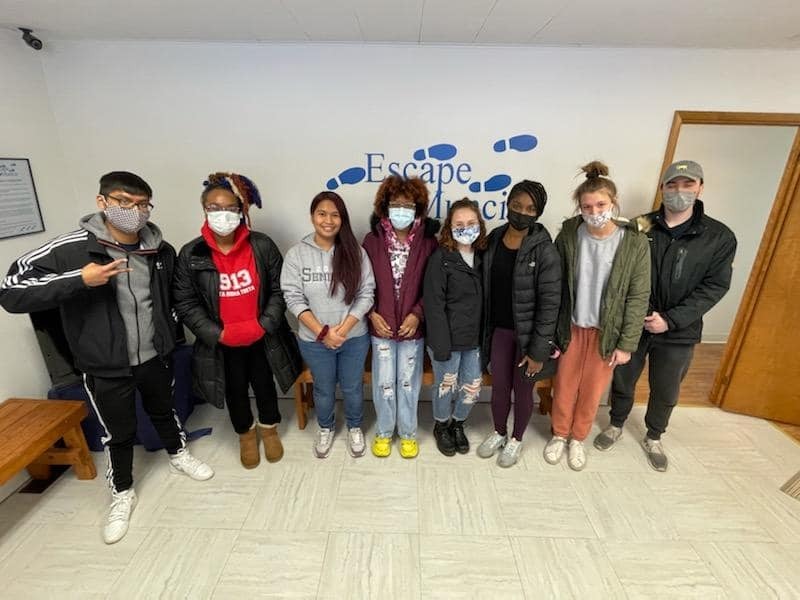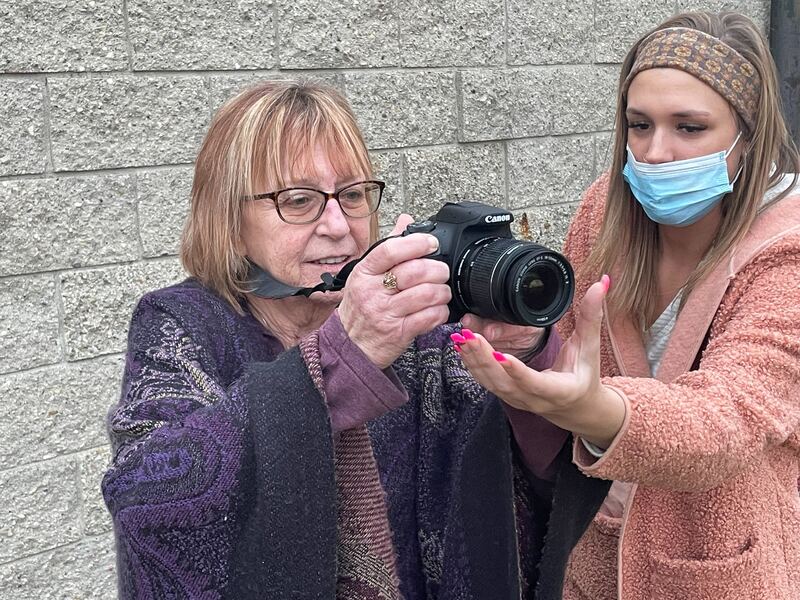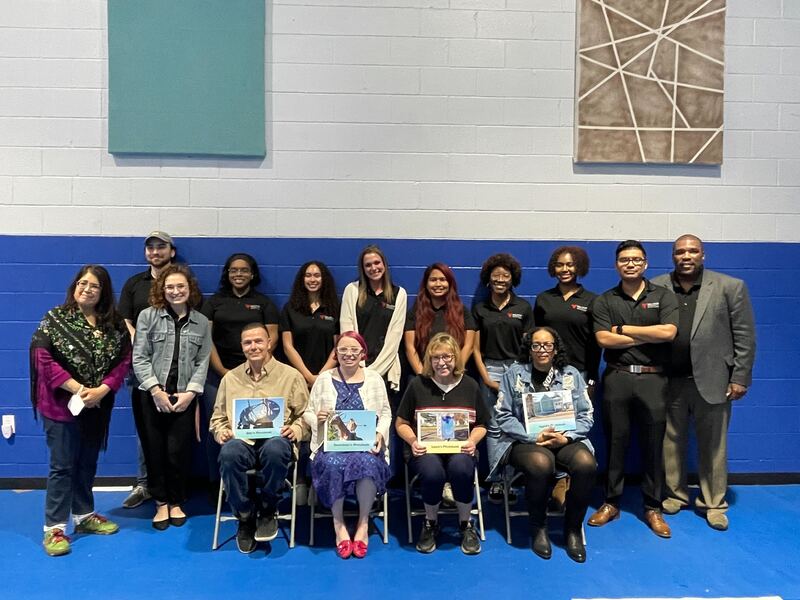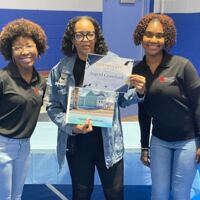Training
Training
The Ross Immersive class was divided into four segments: 1) learning about the community and the team 2) learning the equipment, 3) completing final participant interviews, 4) and finalizing their deliverable community visual ethnographies.
Segment One: Learning about the Community and the Team (weeks 1-4)
The group focused on defining the community partner and developing class expectations. Students were divided into small production teams. The team sizes were contingent on the number of students in the class (the desirable number of visual ethnography teams was 4-5 students). Advertising, public relations, and design teams were assembled to monitor and promote ethnographic team presentations on social media. The social media team documented, promoted, and shared the progress of the class and the community participants.
The team also did team bonding to help build friendship and teamwork. The team went to Muncie Escape where they were broken into two teams and tasked with trying to escape one of the rooms.
Segment 2: Learning the Equipment (Weeks 5-9)
Student mentors trained participants in how the camera works. The student mentors were partnered with one or two participants. They were the main point of contact for them. Once the mentor had trained the participant, the person then took the camera and captured pictures of Muncie that reflected revitalization in their eyes. Participants had the camera for 1-2 weeks.
After the camera was returned, the class made groups for interviews for the visual ethnographies. The groups included an interviewer, scribe, videographer(s), and editors. The student then set up a time for the interview and was trained by the professor on how to properly conduct the interview.
Segment Three: Completing the Participant Interviews (weeks 10-12)
Student teams completed their final interviews and edited their visual ethnographies. The advertising, public relations, and design team will finalize any outstanding tasks provided by the RCC. Delaina worked to finalize the course website. The participants picture books were designed and bought. The invitation for the showcase was finalized.
Segment Four: Community Showcase (weeks 13-15)
Student teams prepare their visual ethnographies for their community presentations. They helped organize the showcase for the participants. The team was tasked with buying decorations, setup, and food catering. The students finalized any evaluations and outstanding production concerns.






